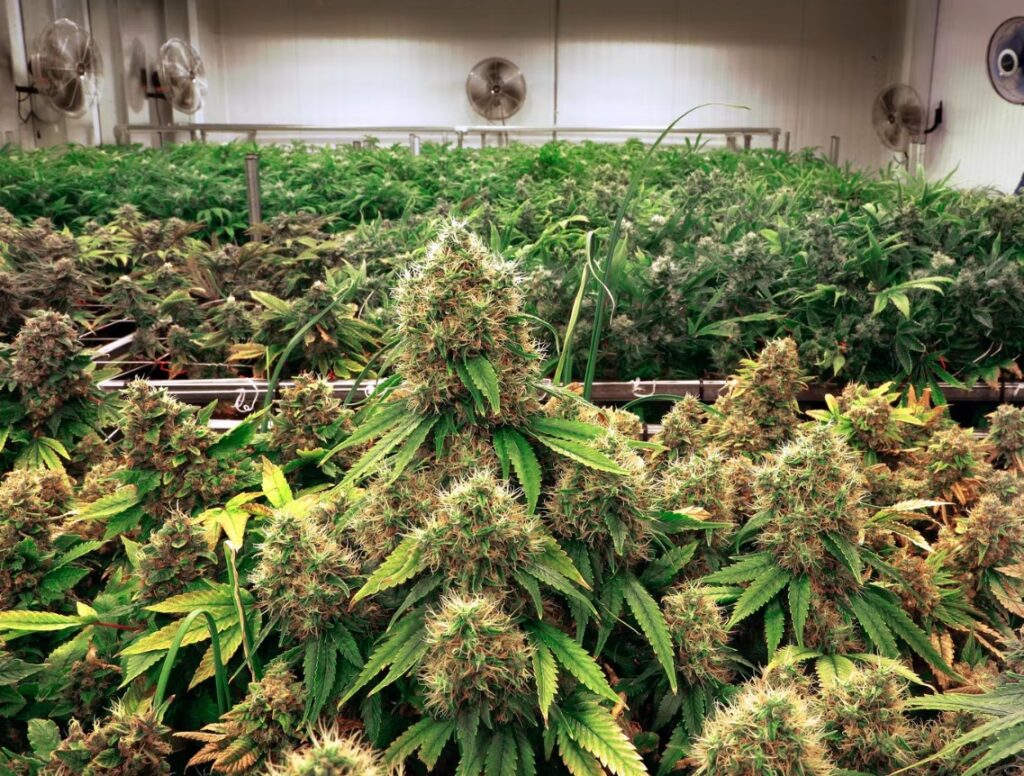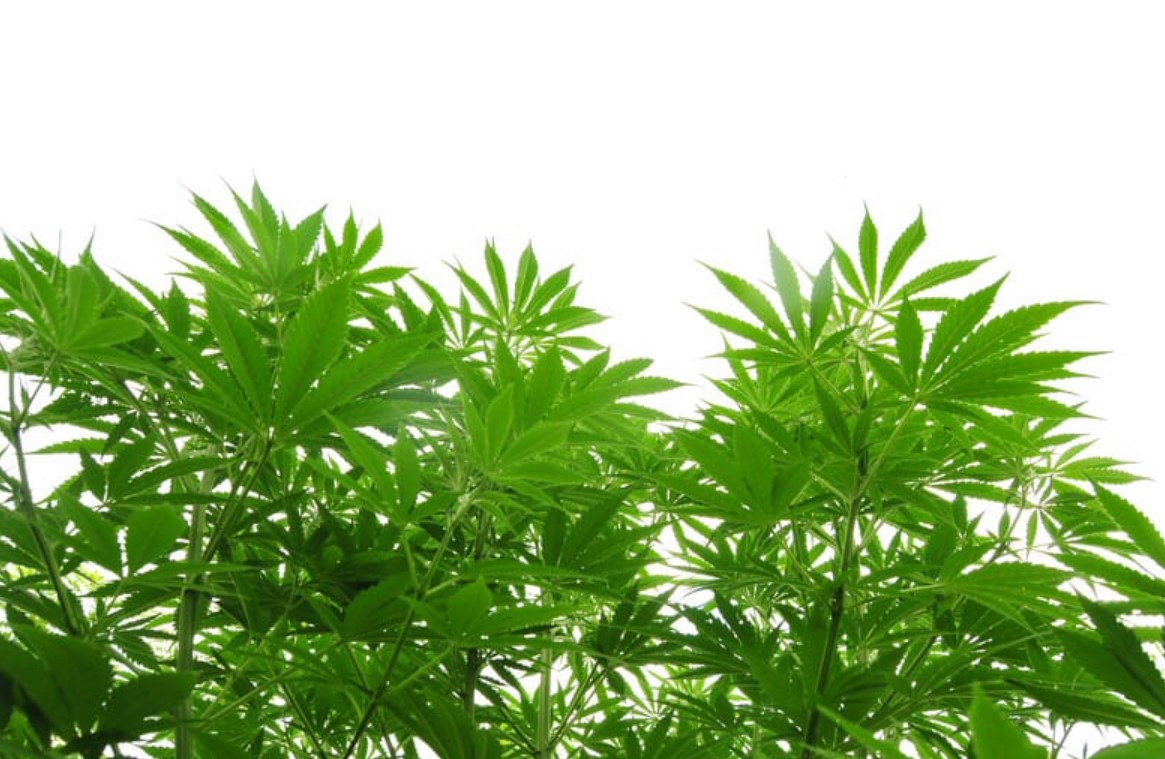In a 2008 study published in the journal Addiction, an Australian team of researchers stated, “While higher potency has been observed in some countries, there is a significant degree of variation between samples, suggesting that cannabis users may be exposed to greater variation in just one year than over years or decades.” Try our cactus jack cookies cart and banana pound cake strain.
The researchers also dismissed assertions of 20- and 30-fold increases in marijuana potency, stating that previous studies have revealed a modest increase in THC with great year-to-year variation. “In the United States,” they wrote, “contraband marijuana has had an increasing THC concentration from 2.0% in 1980 to 4.5% in 1997, and 8.5% by 2006.”

THC concentration, on the other hand, can differ significantly from strain to strain. Furthermore, according to a 2012 study, most potency research look at samples from only one location and don’t include “pertinent information about the characteristics of the analyzed herbal cannabis samples (i.e., sample preservation status and age of the sample).”
The conclusions may be adjusted, and the tools required to do so are readily available. “In National Institute on Drug Abuse investigations over the last several decades, the age of samples has varied from a few weeks old to a few years old – and researchers made no attempt to compensate for the loss of THC during long storage,” Adrienne LaFrance wrote in The Atlantic, in a story raising concerns about potency.
Building a Tolerance to THC
THC tolerance varies from person to person. Some people may only require a small dose of THC to alleviate their anxiety, while others may need a larger dose to manage chronic pain. In addition, individuals can develop a tolerance to THC over time, requiring them to use greater amounts of THC in order to achieve the desired effect. Over time, users’ tolerances for THC have grown, necessitating higher doses of THC in order for them to receive the same effects as previously.
Safe Cannabis Consumption Practices
Cannabis, whether used for medical or leisure purposes, has a slew of health advantages, but only if taken in moderation. To minimize the risk of overconsumption or increased tolerance to THC, first-time users should avoid high-THC products and use them intermittently.
It is also crucial to purchase marijuana products that have been certified by a third-party testing facility. Cannabis sold on the black market isn’t tested for pesticides, metals, or residual solvents. Finally, it’s critical to start with the lowest dose possible and gradually increase dosage over time in order to achieve desirable results.
Full- Spectrum Cannabis is the Future
Consumers have traditionally sought for the most potent form of cannabis, according to “The Entourage Effect,” yet cannabinoids like THC and CBD aren’t the only compounds that matter. Cannabis incorporates a variety of chemical components, including terpenes and flavonoids, which have been found to provide multiple therapeutic advantages.
The complete spectrum of compounds present in full-spectrum cannabis products includes THC and CBD. Broad-spectrum cannabis, on the other hand, contains terpenes, flavonoids, and all cannabinoids except for THC, making it ideal for people who desire the comprehensive advantages of cannabis but not the “high.”
Become a Master of Cannabis with Affordable Online Training
The cannabis business is fast growing. You don’t want to be left behind. Take part in the world’s most renowned online industry education program for pupils of all skill levels. CTU can help you whether you want to increase your bud potency and yield or begin a cannabis company! Learn more about marijuana potency and how its chemical compounds affect the body by taking one of our cannabis courses.
How Strong is Weed Today?
On the one hand, there is more variety than ever before in the legal market for marijuana: High CBD weed with THC levels of just 1%, such as can be found on the market today. Breeders, on the other hand, are developing stronger and more potent high THC strains.
The yearly competition in the High Times Cannabis Cup is a good predictor of that trend. Ghost Train Haze was named the most potent strain of 2011, with 25.49 percent THC. The cup was won back again in 2014 with a potency of around 27.46 percent (it’s critical to note that a strain’s strength varies according on growing conditions and cultivation techniques).
The 2016 candidates were even more potent, with the Cookie Dough from Los Angeles dispensary Greenwolf coming in at 31.1 percent THC and the Next Harvest of Denver producing a Chem Dog strain that tested at 32.13 percent THC, establishing an all-time record.
High-THC cannabis is not for everyone, but it’s certainly worth a try. This strain has some of the most potent weed available in the world, and its THC concentration is well above 20%. However, this isn’t what typical customers smoke. In Colorado, for example, the overall THC average is 18.7%, while the state’s highest-potency flower buds have an average THC level ranging from 21 to 22 percent.
